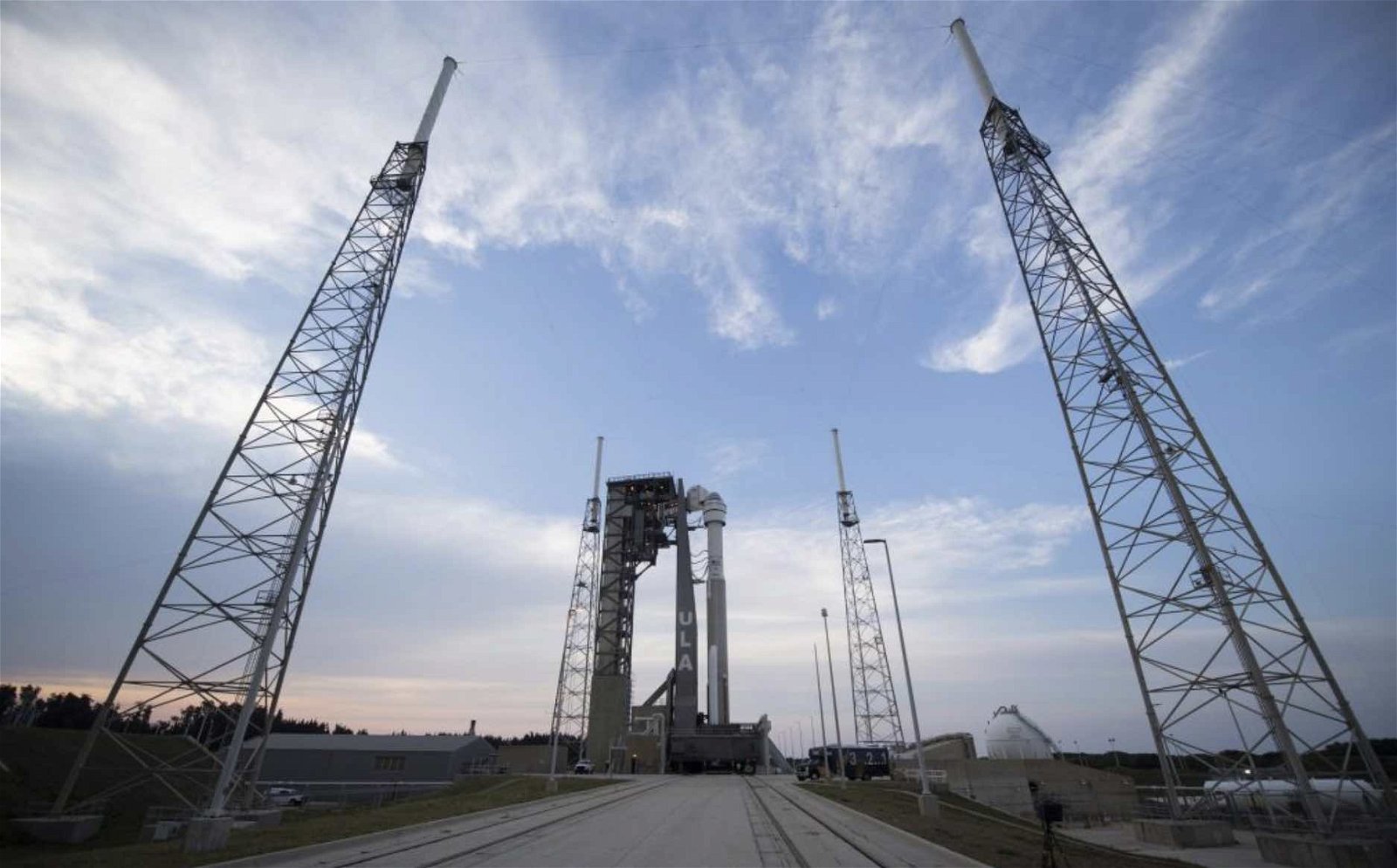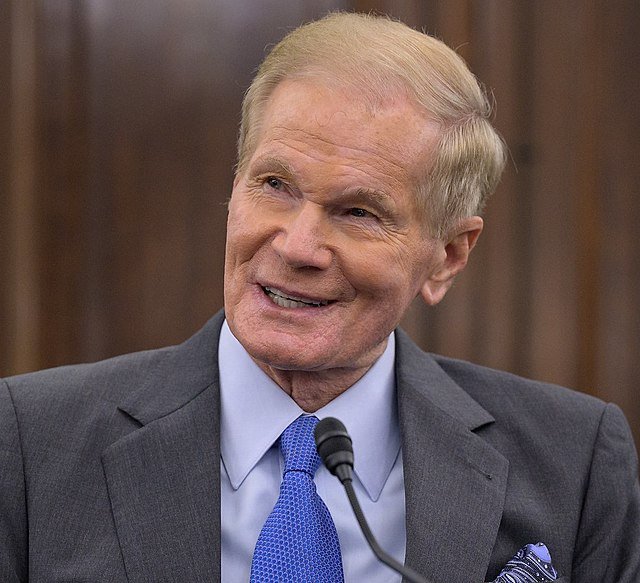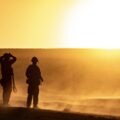

Welcome to this week’s installment of The Intelligence Brief… this week, following the successful touchdown of NASA and Boeing’s new CST-100 Starliner spacecraft, we’ll be looking at 1) what the spacecraft’s recent mission completed, and its significance 2) the tests that were conducted during the recent Starliner flight to the International Space Station, and 3) what the response has been, and what vehicles like Starliner may be able to provide to future orbital operations even beyond the ISS.
A Special Note to Our Readers: The Debrief would like to extend our heartfelt condolences to the families of victims of the recent mass shooting at an elementary school in Texas, as well as those affected by similar incidents that have occurred in recent days in New York and other locations. Our hearts go out to those victims and their loved ones in this very difficult time.
Quote of the Week:
Are governments the only entities that can build human spacecraft? No – actually, every human spacecraft ever built for NASA was built by private industry.
– Alan Stern
A quick look at stories The Debrief is covering this week includes how Russia is using a smartphone “Game” to recruit Ukrainian children as unwitting spies. Elsewhere, the United States Navy is investing in a record-breaking drone that can stay aloft without refueling for up to ten days. And on the topic of A.I., here’s how it might be helping to better preserve the past, and connect it to the present. Also, be sure and check out Tim McMillan’s recent feature on an insane and previously untold story of a group of Russian cops who tried to storm the Ukrainian capital of Kyiv by themselves.
Also, if you missed Chrissy Newton’s recent chat with filmmaker Randall Nickerson about his new documentary on the Ariel School UAP incident. Also, Stefan and Josh give us a breakdown of seven UAP and Future Tech Patents you can be on the lookout for in their latest episode of The Debrief’s Tech Talk. you find that entire video, along with all of our latest video news and interviews, on The Debrief’s YouTube page.
As always, you’ll find a complete lineup of stories we’ve been covering in recent days at the end of this newsletter… and with that out of the way, it’s time to turn our attention over to what has NASA and Boeing so excited about the latest landing of the CST-100 Starliner spacecraft, and what that could mean for the future of science conducted in Earth’s orbit.
Boeing and NASA Celebrate Starliner’s Latest Success
Marking another leap forward in the 21st-century space race, NASA and Boeing welcomed another victory Wednesday with a safe landing of the aerospace giant’s new CST-100 Starliner spacecraft, after it completed its Orbital Flight Test-2 (OFT-2) which took it to the International Space Station.
The mission was designed as a test to showcase Starliner’s capabilities for carrying astronauts into orbit, according to a NASA statement.
“About four hours after departing the space station, Starliner touched down onto its airbags at 4:49 p.m. MDT, wrapping up the six-day flight, which tested the end-to-end capabilities of the crew-capable spacecraft,” read the statement.
According to the space agency, the deorbit occurred at 4:05 p.m., followed by separation of the service module from the primary spacecraft, and the deployment of the three primary parachutes, along with six airbags, fully completing each stage of the operation without any significant challenges.
Mission Objectives, and the Future for Starliner
Among the key flight tests underway during Starliner’s recent mission were a host of experimental objectives, which included verification that the craft’s ascent abort emergency detection system was operational. Other tests involved functionality of onboard hatches, crew habitability conditions, docking and deorbit procedures, and the pivotal aero-deceleration system for use during descent and atmospheric entry.


According to a NASA statement, “The Expedition 67 crew aboard the station opened hatches and entered the capsule for the first time, inspecting the spacecraft and verifying integration with power and communications station systems for longer stays in the future.”
Tests weren’t the only purpose of Starliner’s recent mission, however. “The station crew also unloaded 500 pounds of cargo delivered by Starliner and sent 600 pounds of cargo back to Earth,” the NASA statement read.
“A Major Successful Step”
NASA Administrator Bill Nelson addressed the successful mission with his customary enthusiasm, calling the cooperative efforts between the space agency’s Commercial Crew Program and Boeing “a major and successful step on the journey to enabling more human spaceflight missions to the International Space Station on American spacecraft from American soil.”
“The OFT-2 mission represents the power of collaboration, which allows us to innovate for the benefit of humanity and inspire the world through discovery,” Nelson said in a statement. “This golden era of spaceflight wouldn’t be possible without the thousands of individuals who persevered and poured their passion into this great achievement.”
Similar sentiments were expressed by Steve Stich, who manages NASA’s Commercial Crew Program.
“I am incredibly proud of the dedication and perseverance shown by the NASA, Boeing and ULA team culminating in the successful completion of Starliner’s second Orbital Flight Test from start to finish,” Stich said following Starliner’s latest success.


Stich emphasized Starliner’s key role in offering what he called “a tremendous amount of valuable data, which we’re continuing to assess in our effort to bring the spacecraft online and fully operational for crew flights to the space station as soon as it is safe to do so.”
Mark Nappi, vice president and program manager of Boeing’s Commercial Crew Program, called the mission “an excellent flight test of a complex system,” adding that Boeing and NASA learned a lot from the successful flight.
“With the completion of OFT-2, we will incorporate lessons learned and continue working to prepare for the crewed flight test and NASA certification.”
Fundamentally, the Starliner OFT-2 system is of key importance on account of hopes that it will soon provide an additional American means of transport for astronauts to the International Space Station for the remainder of its time in use, a role it and other means of conveyance will no doubt continue with its successors.
A critical step in validating the performance of Boeing’s systems, OFT-2 brings the nation a significant step closer to having two unique human transportation systems to carry astronauts to and from the space station from U.S. soil.
That concludes this week’s installment of The Intelligence Brief. You can read past editions of The Intelligence Brief at our website, or if you found this installment online, don’t forget to subscribe and get future email editions from us here. Also, if you have a tip or other information you’d like to send along directly to me, you can email me at micah [@] thedebrief [dot] org, or Tweet at me @MicahHanks.


Here are the top stories we’re covering right now…
- Russia Using Smartphone “Game” To Recruit Ukrainian Children as Unwitting Spies
Russian intelligence is using smartphone games to turn children into unwitting spies to help locate Ukrainian military and strategic installations.
- Navy Funding Drone that Can Fly for 10 Days Straight
The United States Navy is investing in a record-breaking drone that can stay aloft without refueling for up to ten days. Most U.S. military branches use the MQ-9 Reaper drone for long-duration reconnaissance missions since it can stay on target for as many as 30 hours at a time.
- Adam and Eve and the Garden of AI: Looking at Human Origins
Artificial intelligence, or AI, is helping to better preserve the past, and connect it to the present. From composing symphonies to archiving wine pedigrees, this technology is making science more streamlined.
- The Next Space Race is for Satellite Parking Spaces in Earth’s Orbit
Fierce competition for satellite parking spots in orbit is pointing to an increasingly complex future for space operations.
- Scientists Want to Send A Message Across the Galaxy. Will ET Understand? While some scientists worry about contacting ET, others doubt we’ll hear anything back (at least any time soon).
While some scientists worry about contacting ET, others doubt we’ll hear anything back (at least any time soon).
- The Curious Case of Project Blue Book Incident 88
“Incident 88”, a multiple witness sighting in the Project Blue Book files remains a cold case… and leaves us with many questions.
- Know No Mercy: The Russian Cops Who Tried To Storm Kyiv By Themselves
In an exclusive feature, this is the insane and previously untold story of a group of Russian cops who tried to storm the Ukrainian capital of Kyiv by themselves.
- Ariel Phenomenon Documentary: A Journey Worth Taking
The long-awaited documentary about a 1994 UFO sighting by students at the Ariel School in Zimbabwe is an emotional journey worth taking.
- A Genetic Mutation Can Boost Your Intelligence…But Also Cause You to Go Blind
There is no standard definition of intelligence. From book smarts to street smarts, the definition of intelligence varies from person to person. Yet, intelligence is something most people want more of and work to gain. New research from Leipzig University may have unearthed a new way to gain intelligence, in the form of a genetic mutation. Background: Measuring Smarts There are many different ways to measure an individual’s intelligence. The most popular test is the Intelligence Quotient (IQ) test. This […]
- Congressional Hearings on UAP: Four Surprises That Came Up During Tuesday’s House Panel
In this installment of The Intelligence Brief, we’ll be looking at key points – and several surprises – that were touched on during Tuesday’s Congressional hearings on UAP.
- Reflections On the First Congressional Hearing on Unidentified Aerial Objects in Half a Century In the aftermath of Congressional hearing on UAP, it is clear governments and scientists must work together to determine their nature.
In the aftermath of Congressional hearing on UAP, it is clear governments and scientists must work together to determine their nature.
- What Do They Know About Us? As the U.S. military and scientific groups continue trying to learn about UAP, maybe we should consider what the phenomena could know about us.
As the U.S. military and scientific groups continue trying to learn about UAP, maybe we should consider what the phenomena could know about us.
- Complete Transcript of Congress’s Historic Hearing on Unidentified Aerial Phenomena
The complete transcript, including full-resolution versions of the videos shown at the historic Congressional hearing on Unidentified Aerial Phenomena.
